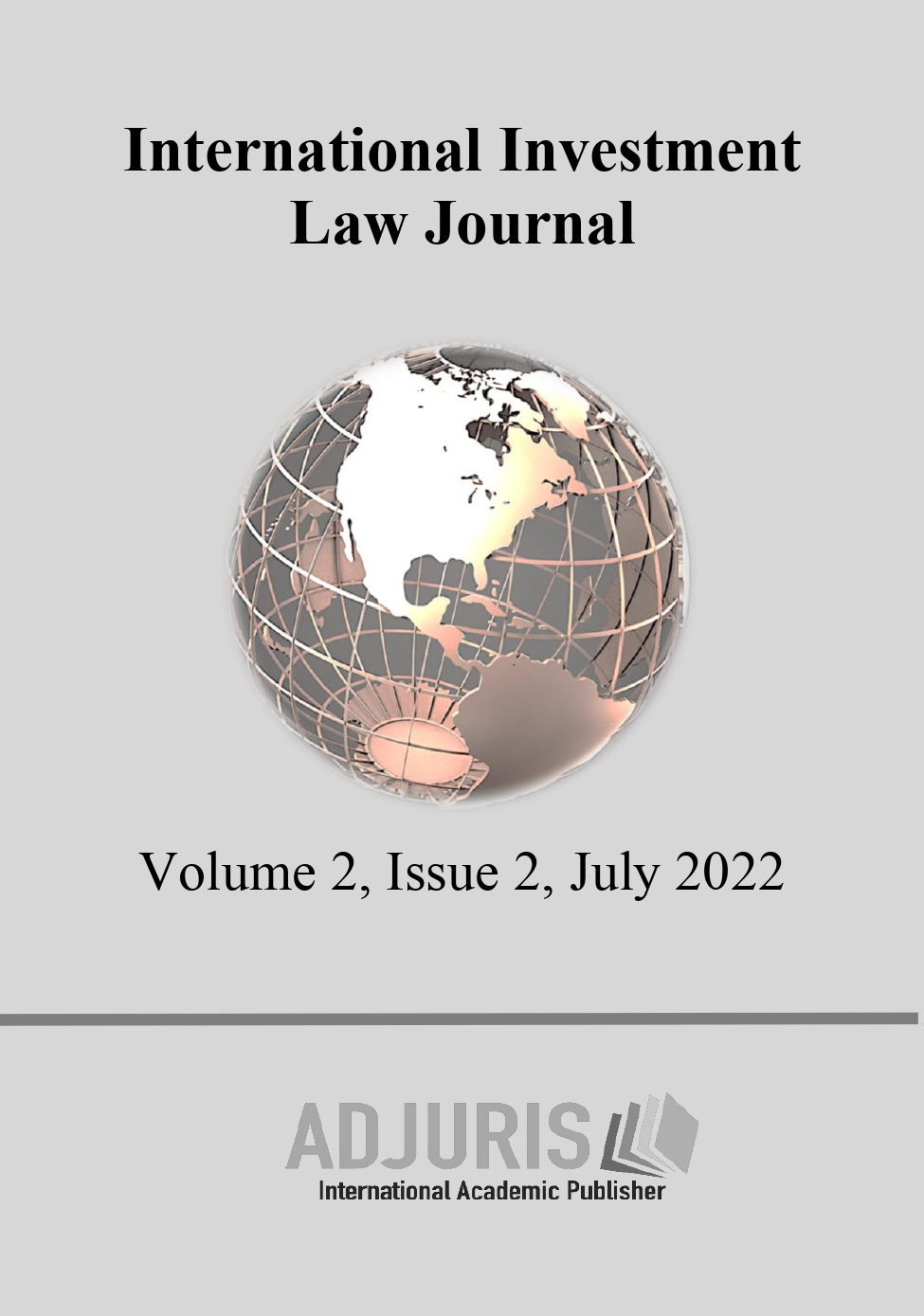Iura Novit Curia versus Iura Novit Arbiter in International Arbitration
Iura Novit Curia versus Iura Novit Arbiter in International Arbitration
Author(s): Ingrid A. MüllerSubject(s): International Law, Commercial Law, Court case
Published by: EDITURA ASE
Keywords: international arbitration; the role of domestic courts in arbitration; Iura Novit Curia; Iura Novit Arbiter; party autonomy;
Summary/Abstract: The paper analyzes the distinction between the two presumptions mentioned in the title. At first glance, it seems that the application of both the Iura Novit Curia and the Iura Novit Arbiter principles in international arbitration is redundant. After all, what are the Arbitrator and the Arbitral Tribunal if not a private judge and, respectively, a private Court? However, the distinction between the two concepts becomes extremely important in certain stages of the arbitration, especially when it comes to purely procedural matters. As such, there is a difference between the arbitral process that takes place in front of the Arbitral Tribunal and incidental or additional procedures that take place in front of State Courts (even after the arbitral award has been rendered, e.g. an annulment procedure or at the stage of recognition or enforcement of a foreign arbitral award). In conclusion, the use of both expressions in parallel is justified. Iura Novit Curia corresponding strictly to the role of Domestic Courts in an arbitration, at all stages (both incidental and additional matters during the arbitral process and in follow up procedures) and addressing the knowledge of the Courts’ lex fori (e.g. publicorder/public policy issues), unless explicitly excluded by applicable provisions. While Iura Novit Arbiter pertaining to the role of the Arbitral Tribunal per se – although, in this case, the expression is more a misnomer, the presumption being limited by the choices of the parties as an assertion of party autonomy, a main characteristic of arbitration as an alternative dispute resolution method.
Journal: International Investment Law Journal
- Issue Year: 2/2022
- Issue No: 2
- Page Range: 137-142
- Page Count: 6
- Language: English

